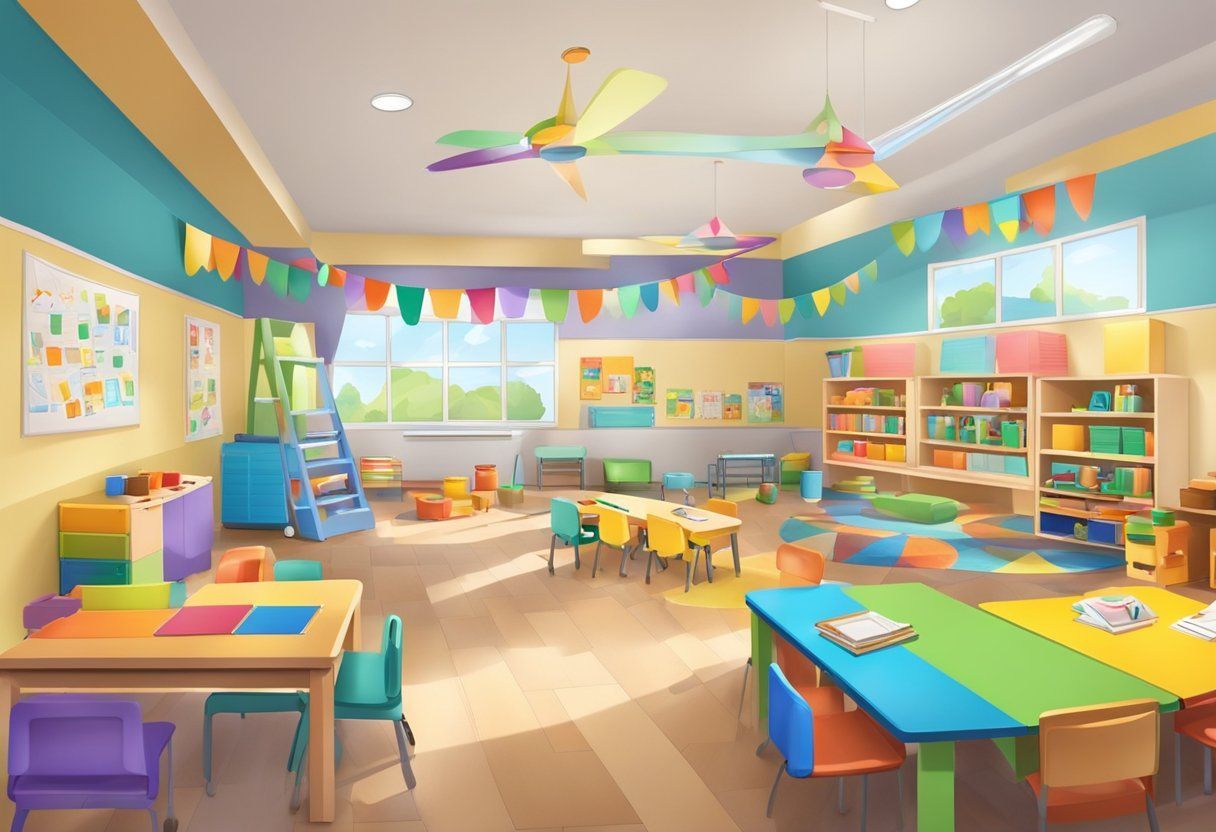BLOG
Categories
Jedi Parenting
Jedi Parenting: How to Harness the “Force” to Influence Your Child for Good
Everyone remembers the famous words, now burned into the mass psyche, “May the force be with you!” The final utterances of the wise Jedi Master Yoda have sent his prodigy off to fight evil.
Honestly, I’ve never been much of a Star Wars guy, but I do love the laser-sharp wisdom of Yoda and his teachings. You might be surprised at how much there is to learn from him when it comes to parenting. And it is those very Jedi secrets, my young SkyWalkers, that I would like to share with you. I call them “Defiance Secrets”.
Let’s begin.
Jedi Mind Tricks for Behavior Control
Jedi mind control is actually based on a very unique process which occurs inside of our brains. When you learn how to harness the power of this breakthrough, there is literally no limit to how strong of a relationship you can create with your child.
The stronger your relationship with your child, the easier your job as a parent will become. The more ease you can command in parenting, the more it will strengthen the relationship.
Mirror Neurons
Science tells us that inside of our brains we have a cluster of neurons which are called mirror neurons because that is exactly what they do. They reflect back everything that they see just like a mirror. When you look in the mirror and you smile, the reflection smiles back at you. When you look in the mirror and frown, the reflection also frowns back at you.
Quick Practice: Today, when your child gets home, I just want you to walk by, catch your child’s attention and smile at them. What happens? You will notice in most instances, he will smile back. This is the easiest way and the first step in reaching out to your child from a place of positive vibration which will turn on their mirror neurons.
It should be noted that in instances of severe trauma, children typically have miscues in their mirror neurons, but those mirrored neurons can be developed, stimulated and be triggered to mimic the reflections that we see when we look around us.
Mirror neurons, keep that in mind as we move forward.
Mastering Defiance
Oftentimes it is important to master the things you most want to teach. First off, know that defiance lies within you. It is a very simple, yet complex understanding. When we see “defiance” it is a reflection of a change of state in our brain. Therefore, disrupting the core of defiance lies first within us as parents. Change what you see. See only defiance or disobedience and stand knowing that your brain is seeing a threat and sending a negative vibration. Instead see fear, difficulty transitioning, stress, a more impersonal behavioral pattern that has nothing to do with you personally, and you will find yourself approaching it from a different vibration. Let’s look at that for a moment as this is a key insight that most parents do not recognize.
Think of it this way: When your child is defiant, the amygdala (your brain’s fear receptor) becomes activated and releases stress hormones. The intensity of the stress dictates how deep into your brain stem you actually drop and the further away from clear thinking and short-term memory you go. Joseph LeDoux, neuroscientist and author of The Emotional Brain states, “In times of stress our thinking becomes confused and distorted and our short-term memory is suppressed.”
Daniel Goleman, author of Emotional Intelligence, states that having a calmer amygdala allows for the ability to soothe the more agitated and more escalated amygdala.
Therefore, mastering the process of calming our own amygdala, turning on our own oxytocin (love hormone) in the midst of a possible negative situation, and getting into a more resourceful state is key. We have to get into a space where we are controlling the vibrations that we are emitting through our tone of voice, body language, emotions and memory.
You can tell automatically when your child has had a bad day versus a good day, right? Then it should not surprise you that they are also extremely aware of your state or in other words, your vibration.
So the Jedi mind secret and the first thing you have to do is learn to manipulate your own amygdala vibration.
Changing Your Vibration Can Change Mirrored Neurons
You can raise or lower your vibration. You can create a happy or angry vibration. You’re in control and actually manipulating behavior around you because of mirror neurons. This insight is powerful. Spend some time thinking about this for a while. Herein lies one of the powerful secrets to creating the relationship that you want with your child.
Example: These two kids are playing video games. It’s time for Donald to go home and it’s time for Bobby to come to the dinner table. The kids already sense the situation because Mom is creating a vibration before ever saying a word. The vibration is getting transmitted to Bobby, who can sense the negativity that is coming from Mom who wants the boys to stop playing.
Allen Shore says, “The core of the self is unconscious and nonverbal and lies in patterns of affect regulation.” In other words, it’s not what you say or do, it’s how you feel when you are doing it and saying it. Read that again please, it is life changing.
How do you think this mom feels?
How do you think the children feel?
Without anyone saying a single word the vibration has already been lowered in a negative way. Remember, the more negative you feel the lower into your brainstem you drop therefore the lower the vibration. The lower you are into your brainstem the closer you are to all of your past experiences as the brainstem stores all past experiences, both negative and positive. The lower the vibration the less impact you have on the ability to influence a situation. The higher your vibration, the higher in your thinking you are which then naturally lends itself to more flexible and creative problem-solving. The higher the vibration, the greater the ability to influence a situation.
Change Your Physiology
How do you think this mom would feel if she put a silly hat on her head? Believe it or not – just the act of putting the hat on her head will take her out of her existing state and propel her into another.
Just the act of doing something goofy, before you interact with your typically defiant child, will put you into a higher vibration. This is very important. You’ve heard the expression, “Rise above!” It is time to rise above defiance by raising your vibration not lowering it.
It is very, very important that you make that connection.
After the mom puts a hat on or does something silly, she will engage from a completely different – higher vibration.
If mom does not change her vibration what do you think is going to be the outcome of this situation?
You already know Bobby is not going to want to get off his game. Donald is probably going to sit there and support him for a little while. Mom is going to start getting frustrated again. Her stress levels are going to continue to increase and as this happens, guess what? She gets deeper and deeper into her brain stem. Therefore, she has a lower vibration. Mom cannot be a Jedi master. She cannot master defiance from that lower vibration.
I’ve done this work over many years, and it’s these kinds of thoughts, which become more and more profound for me in our day-to-day interactions.
The other day I had a conversation with a mom on our group coaching call and she said, and I want you to listen to these words, “My child doesn’t like to do time in.”
(Those of you who have studied the material know I teach time-in instead of time-out.)
“My child doesn’t like to do time in. When he does time in, he escalates. He gets really loud. He talks back to us and we go away,” she explained.
Let’s look at the statement. Can you see the breakdown from the very beginning?
The mom goes away when he escalates, so in reality, it’s not that the child doesn’t like time in, it’s that mom can’t handle the escalation of the energy in the son and inside of herself. They are essentially falling into a state of lowered vibration. Remember, the lower the vibration the closer to the brainstem therefore the closer to negative past experiences. How many of us want to feel that? Not many of us, so guess what we do? Correct, we try to avoid it.
Awareness: How long has your child been in the game? Has he eaten? Have you eaten? What was your interaction like prior to him playing the game?
Expectations: What are you expecting to happen in the situation? Are you expecting a negative outcome? How is that influencing you before you even make your request?
You have to go into it with a level of mindfulness, paying attention to your breathing, and being aware of the circumstances surrounding the situation. How are you connecting to the scenario, to what’s been going on, so you will be prepared to use your new skills.
You must go into it with all of the above. All of these are manifested by breathing, slowing down, seeing all these things happen in the dynamics of the interaction.
I tend to spend a great deal of time being mindful, connecting to where I’m at, what I’m feeling and what’s going on. It allows me to override those core physiologic needs, like eating, so I can focus on becoming aware of the vibrations that are surrounding me as well as my own.
It is all about calming the amygdala and using the power of mirrored neurons. But you must practice and not stop until you have become adept. Follow these Jedi mind tricks and you will become the master who teaches the child.
In a coming article I will share Jedi mind tricks for overcoming defiance. In the meantime be a good Skywalker and continue to study and focus.
May the Force Be with You.
Remember, the definition of discipline is to teach. I helped her reframe the situation by allowing her to focus on her side of the situation. It was not that her son had a difficult time with time-in, but that she has a difficult time with the emotions that are created around the situation. So when she goes away, whether she’s going away physically or whether she’s going away emotionally, it’s all the same – it is a signal of not being available for the variances in her child’s behavior. You can be physically present for your child, but not emotionally present, and the difference is very important.
This is ultimately where we want to be from the level of the second Jedi secret which says, our ability to calm and engage our own amygdala is what is going to begin to create the foundation for the desired outcome. So our ability to control our own vibration establishes the foundation.
Before you enter into a defiant situation, I highly recommend practicing and mastering these Jedi mind techniques:
Mindfulness: Learning to pay attention to your breathing and thinking. What state are you in…high or low?
Awareness: How long has your child been on the game? Has he eaten? Have you eaten? What was your interaction like prior to him playing the game?
Expectations: What are you expecting to happen going in the situation? Are you expecting a negative outcome? How is that influencing you before you even make your request?
You have to go into it with a level of mindfulness, paying attention to your breathing, being aware of the circumstances surrounding the situation. How are you connecting to the scenario, to what’s been going on, so you will be prepared to use your new skills.
You must go into it with all of the above. All of these are manifested by breathing, slowing down, seeing all these things happen in the dynamics of the interaction.
I tend to spend a great deal of time being mindful, connecting to where I’m at, what I’m feeling and what’s going on. It allows me to override those core physiologic needs, like eating, so I can focus on becoming aware of the vibrations that are surrounding me as well as my own.
It is all about calming the amygdala and using the power of mirrored neurons. But you must practice and not stop until you have become adept. Follow these Jedi mind tricks and you will become the master who teaches the child.
In a coming article I will share for Jedi mind tricks for overcoming defiance. In the meantime be a good Skywalker and continue to study and focus.
May the Force Be with You.
Bryan Post, an adopted and former foster child, is one of America’s Foremost Child Behavior and Adoption Experts and founder of www.PostInstitute.com The love-based, family-centered principles and concepts offered by Bryan have been taught to more than one million parents and professionals around the world. You can receive a free copy of his best-selling adoption parenting book From Fear to Love by going to https:///www.feartolovebook.com Currently Bryan serves as Clinical Director for Parents in Training, a 501 (c) 3 non-profit, providing wraparound services to adoptive families throughout Northern California. To learn more visit www.theleafcompany.com
RECENT POSTS
Bringing and keeping families together!








